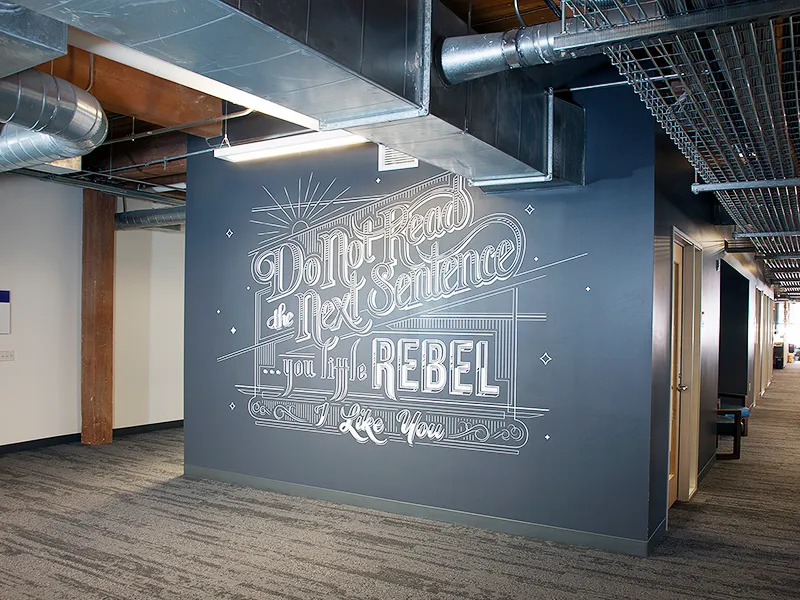Artificial intelligence has become one of the most transformative technologies in recent years. In 2025, its integration into modern software is no longer limited to specialized applications.
Quoted from the technology and internet page hkitblog.com AI is now embedded in everyday tools, influencing how people write, design, communicate, and make decisions. This shift reflects a broader change in how users interact with technology across personal and professional environments.
Enhancing Productivity Through Intelligent Features
One of the most widespread uses of AI in software is to assist with daily tasks and improve efficiency. In word processors, for example, AI now offers real-time grammar correction, tone suggestions, and content summarization. These features allow users to write more clearly and professionally with less effort.
Presentation and spreadsheet tools have also adopted AI-driven recommendations. Whether suggesting layouts, analyzing trends in data, or forecasting outcomes, AI helps users work faster and make more informed decisions.
Email platforms, calendar apps, and task managers are also becoming smarter. AI can now prioritize messages, schedule meetings, and even automate reminders based on user habits.
AI in Design and Creative Work
The creative industry has seen significant benefits from AI integration. Graphic design software now uses machine learning to recommend color palettes, align elements, and generate visuals based on short text prompts. This reduces the technical barrier for non-designers while speeding up the creative process for professionals.
In video and audio editing, AI tools assist in removing background noise, suggesting scene cuts, and generating subtitles. Music production software can create harmonies, adjust timing, and even generate melodies based on user input. These capabilities are helping creators focus more on storytelling and artistic direction rather than repetitive tasks.
Automation in Business and Data Management
In business environments, AI is integrated into enterprise software to improve data handling, customer service, and operational workflows. Customer relationship management systems now use AI to predict client behavior, personalize communications, and score leads based on likelihood of conversion.
AI also supports data management by automatically categorizing information, detecting anomalies, and generating reports. In financial and legal sectors, this has improved accuracy and reduced the time spent on manual analysis.
Chatbots and virtual assistants have become standard features in many business platforms. They handle routine inquiries, schedule appointments, and assist customers outside of regular business hours, contributing to greater efficiency and customer satisfaction.
Challenges of AI Integration
While the integration of AI into software offers many advantages, it also raises certain challenges. One of the most pressing is the concern about data privacy. AI systems often require access to large amounts of personal or organizational data, leading to questions about how that data is stored, processed, and protected.
There is also the issue of overreliance. As users become more accustomed to AI assistance, there is a risk that critical thinking and independent decision-making may decline. In creative fields, the use of AI-generated content has sparked debates about originality, authorship, and ethical boundaries.
Software developers are now focusing on creating transparent AI systems that explain how decisions are made. This approach is helping build trust between users and the technologies they rely on.
Looking Ahead
As AI continues to evolve, its role in modern software is expected to expand further. Future developments may include more personalized digital environments, deeper contextual understanding, and the ability to anticipate user needs even before a command is given.
Integration will also become more seamless, with AI operating quietly in the background while delivering real-time insights and support. Cross-platform compatibility will allow AI to follow users across different devices, maintaining continuity and context in their digital activities.
AI has become a key component in modern software, reshaping how people work, create, and interact with technology. Its integration enhances productivity, supports creativity, and streamlines operations across industries. As innovation continues, the relationship between AI and software is likely to grow even stronger, creating tools that are not only more powerful but also more adaptive to individual needs.
The challenge for the future lies in ensuring that this technology is used responsibly, transparently, and inclusively, so that its benefits can be widely shared across society.
Source: https://www.hkitblog.com/









